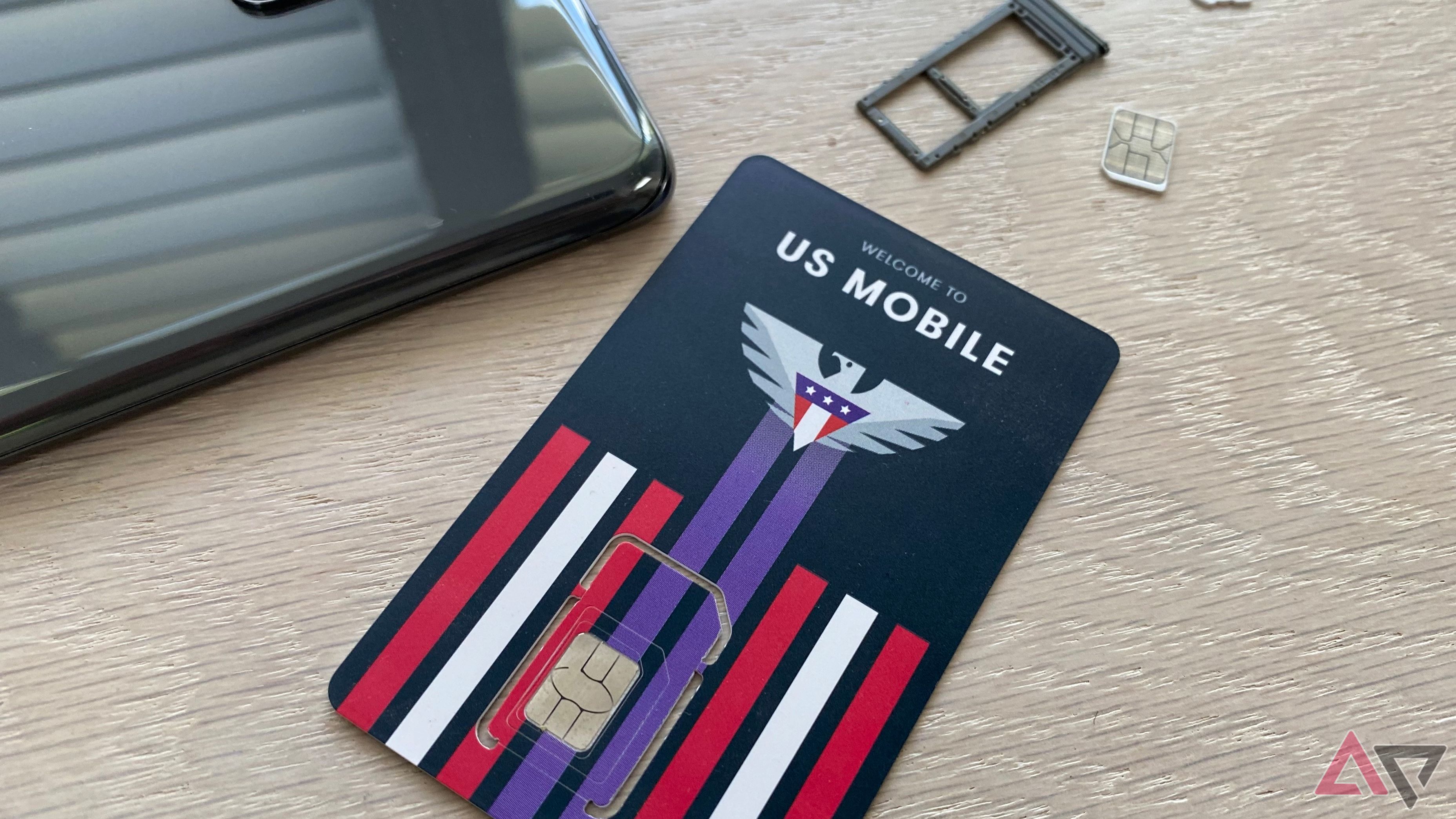Summary
- US Mobile introduces a true multi-network redundancy option for users with dual eSIM phones.
- Users gain access to two major networks simultaneously for complete coverage without relying on algorithms.
- US Mobile’s multi-network functionality is similar to one of Google Fi’s now-defunct features.
There’s a new sheriff in town, and it ain’t Google. US Mobile has officially launched its multi-network add-on so you can connect to two different
carrier network
simultaneously (via Android Authority). That sounds oddly familiar.
Oh, that’s right. Google Fi built its reputation on a similar feature, before T-Mobile absorbed Sprint and US Cellular. But US Mobile is here, offering true multi-network redundancy. This gives users access to two live network at once, no auto-switching software algorithms needed. US Mobile puts the choice entirely in the hands of the user.
How does multi-network redundancy work?
The new multi-network add-on is free until March 31, and then jumps to $15 per month. Customers will need a dual eSIM phone to use. But, once activated, it offers incredible network reliability.
- Connect to two major networks simultaneously for complete coverage without gaps.
- Manually switch between networks when one performs better than the other.
- Avoid algorithm-driven switching that sometimes clings to weak signals.
- Gain expanded global coverage with native roaming on Darkstar.
This is not a backup network. Both of these connections are fully live, so users don’t have to wait for a failover. The feature also includes a second phone number.
Google Fi had something similar when it first launched back in 2015. Its biggest selling point was seamless switching between T-Mobile, Sprint, and US Cellular. The system was algorithm-based, however, and notoriously unreliable. It often made the wrong choice about which network was best. Third-party apps stepped in to give users some control over their signal.
Google Fi no longer provides the same level of multi-network flexibility. It operates almost exclusively on T-Mobile, making it little more than a high-end MVNO.
The so-called future of wireless
US Mobile is redefining its coverage as a platform, rather than a product. It is making a bold claim that multi-network functionality is the future of wireless. The traditional wireless model of a customer picking one carrier and then being subject to its whims is outdated, according to US Mobile.
The company is not wrong. US Mobile is offering something no other US carrier has at scale. It remains to be seen how well this feature will work in the real world. If it takes off, then
Google Fi
‘s best idea may have just been reborn.


